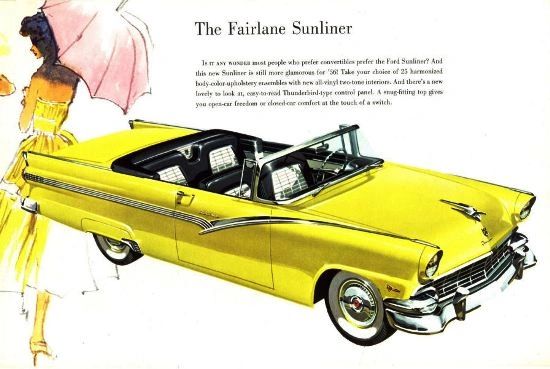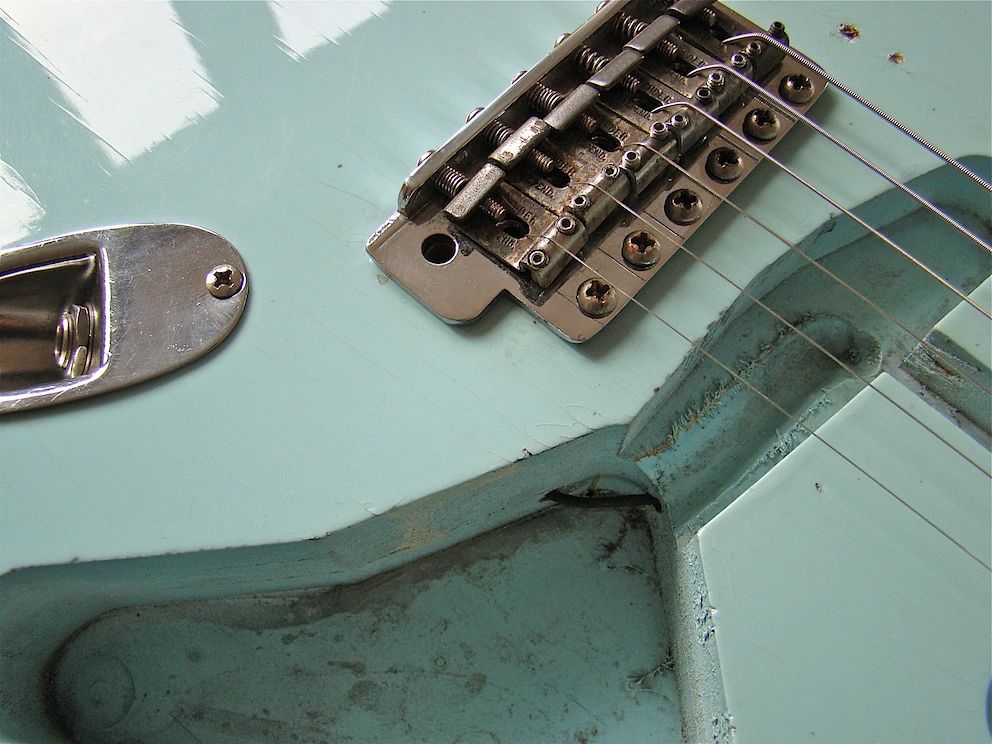Exact hand made reproductions of 1959 - 1964 Pre Cbs S guitars.
Making the perfect precbs guitar - made to measure











We are obsessed with detail.
We make the guitars starting from blocks of wood -using templates we have designed and reverse engineered by examining and recording data from scores of original guitars over many years.
The bodies are made with an old pinrouter , the contours are cut on a bandsaw and sanded in the same manner and with the same basic technology, techniques, machines and tools as were used to produce the original guitars from 1954 to as late as 1975.
Every detail inside and out is there - the same materials, type of woods, paint, neck dot marker material, contours, radii, the shapes, dimensions and geometry of all the cavities, tooling marks, router chatter, router tearout, jig holes, nail holes, position and diameters of cable tunnels, dowels, which holes should be threaded, truss rod dimensions and material, position of truss rod nut hole on slab boards and veneer boards, fingerboard thickness, signatures, dates, correct position for the tuner holes, QC marks, pickups, screws with the correct sizes and threads etc - even the anchor dimensions of the various truss rods that were fitted are the same - everything as it should be and where it should be.
Due to the manufacturing processes and type of machinery used from 1954 to 1965, original guitars were
not 100% consistent but there are some telltale characteristics that are always apparent.
Most of the hardware we use is made for us or by us - including the jack cup, tuner bushes, strap buttons, truss rod and truss rod nut - with the correct type of nickel, chrome or zinc plating depending on the part.
The S Type volume and tone knobs and switch tip are molded by us - correct size and font for the numbers and letters.
The bridges are accurate - for the trem model high quality cold rolled steel tremelo block, PP saddles with imperial american threads and screws, neck plate with correct font
for the serial number - you can choose any number appropriate to the year of the guitar you choose.
3 T type bridges depending on year.
Correct white vulcanised fibre material for the "clay dots" - these dots used to be known as "paper dots" but the term "clay dots" is more widely used nowadays.
The "CLAY DOT MYTH"
Pre CBS dots in rosewood fingerboards - they have become known as "clay" dots over the last 25 years - they were not made of clay or any type of paste. The claim that the dots were made of a "mythical" paste called Ivorine is just that - a myth that has been embellished by people who swallowed that theory without testing it.
Bill Carson stated the white dots in rosewood ´boards from 1959 to 1964 were installed the same way as the black dots prior to 1959 and that the material was fibreboard.
( "The Stratocaster Chronicles" Page 112)
Bill Carson left professional music in 1957 to work full-time at Fender, first in guitar construction and then as guitar foreman, supervisor and plant manager.
At a luthier´s seminar, Yasuhiko Iwanade (President of Gibson, Japan and ex Fender employee) said that Leo Fender told him that the clay dots were white vulcanized fiberboard.
Some PRECBS guitars with original "white" dots appear to have dots made from lino so it appears Fender used at least 2 different types of material but both were discs precut or punched and then pressed into the holes and not a paste scraped into the hole.
Fender had been gluing in black discs for 9 years so there would have been no logical reason to completely change their process to one that is slower, messier and more expensive - and then change back again when they changed to pearloid dots in 1965.
Many original guitars lost their "clay" dots during their first refret because the dots were very thin .. probably only 1/16 thick BEFORE getting sanded - I have had them fall out when I sanded ´boards 25 years ago and I then made a paste to replace them . and the owner didn´t know ! That has been going on since the late 1960´s when the guitars first needed refretting or the guitar player wanted a flatter fingerboard radius - it is very common to lose the 12th fret dots - so a guitar that had it´s dots replaced by a paste 30-40 years ago might well lead someone to think the dots were the original factory fitted dots if they saw the guitar today without knowing the history of the guitar.
We removed an original dot from a 1962 guitar and had it analysed in a laboratory.
The laboratory result - "This material has a high content of zinc-hydrochloride and of cellulose."
Zinc- hydrochloride is used to produce vulcanized fiber and the base for vulcanised fibre is cellulose.

:::::::::::::::::::::::::::::::::::::::::::::::::::::::::::::::::::::::::::::::::::::::::::::
We use only 100% nitro cellulose lacquer (apart from a few colours which were acrylic)
The lacquer is manufactured to the same composition that our suppliers have been manufacturing for over 50 years.
It ages naturally very fast.
The bodies are bleached and stained when required.
We do age the finish and hardware screw by screw to the customer´s taste and provide build process photos each step of the way to ensure the guitar looks, plays and feels exactly how you want it to.
CONTOURS
The rear and forearm contours varied from guitar to guitar, day to day - not just as the years passed by - you can see deep contours on a 1963 guitar that many people expect on 1950´s guitars and vice versa.
The majority of original alder bodies we have seen are made from 3 pieces. There are 2 piece bodies and bodies made from 4 pieces or more. You can see some photos of original bodies where the joins are clearly visible at the top of this page.
I have kept a record of original body weights from
over 100 original Pre CBS strat alder bodies with trem
cavity from 1957 to 1964.
The average weight of those 100 is 1.83kgs
The lightest body from those 100 is 1.65kgs
The heaviest body from those 100 is 2.02 kgs.
The average density of American Red Alder
is 475 kgs per cubic metre. The density actually ranges from 410 to 700 kgs per cubic metre.
The average weight of the total assembled S guitar with trem of 32 guitars dated 1957 to 1964 is 3.47 kgs (7.65lbs)
The total weight of all the hardware on an S- type
guitar (trem, tuners pickups, screws etc) is
approx 1080 grammes.
The weight of hardware on a T-Type is approx 750 grammes.
I make various contour shapes which I have traced from original guitars - the originals varied and so do mine.


Even the strap button positions varied - and you can choose how you want that to look.
The following photos show various production stages, templates and some of the template development to demonstrate the accuracy we work to. The cavity dimensions on original preCBS guitars vary from
guitar to guitar and we have recorded a range of all these measurements to ensure ours are accurate to the era but are optimum for the instrument´s performance in terms
of intonation and neck angle and also to make maintenance as easy as possible - but always
within the range of vintage correct dimensions.
Email: info@precbsguitars.com


WHAT YOU CAN CHOOSE
Neck size and profile
Width of neck at nut and 12th fret
Fret size and type
Fingerboard radius
Headstock shape -
2 vintage correct precbs shapes - the variance is the
"corner" near the 6th string tuner - see photos of
original headstocks above.
Colour
Colour of undercoat
Finish with or without topcoat
Year
Serial number
Body contouring for tummy and forearm cut
Final condition - NEW OLD STOCK - LEVEL
OF DISTRESSING AND AGEING.
The following choices depend on materials available
Colour and grain of fingerboard
Grain pattern of neck
Weight of body
Weight of neck
The level of distressing will influence the delivery time and price




This is the 1956 Dupont colour chart for Ford cars showing Fiesta Red - below it is a genuine Dupont 1956 Yellow - maybe somebody asked for a special order yellow guitar and the factory chose the colour next to Fiesta Red - Golden Glow Yellow. That would be a valuable instrument.



AMERICAN RED ALDER (ALNUS RUBRA)
















